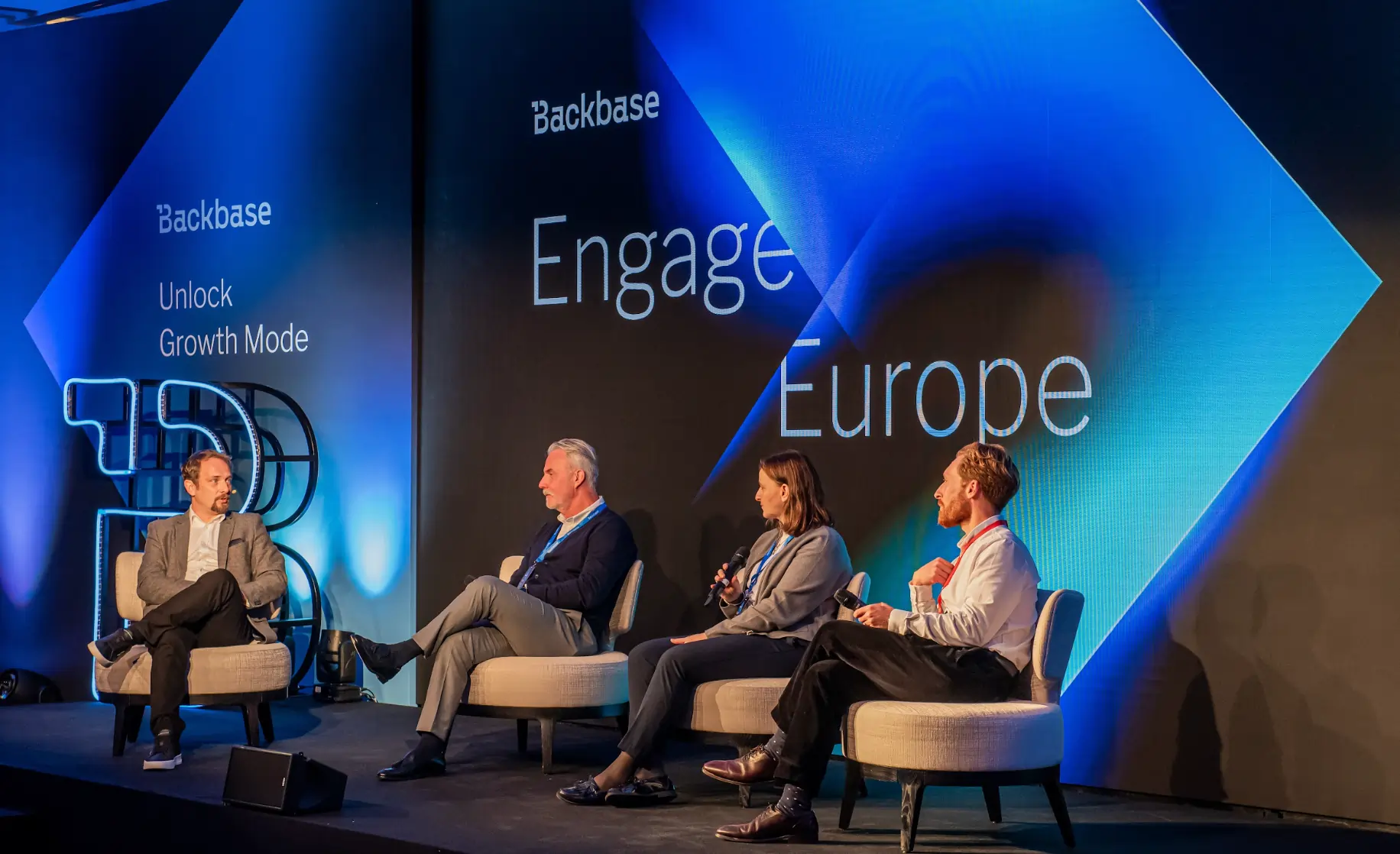Blog


02 December 2025
How MyState Ltd turned scale into a transformation strategy
Subline
MyState turned rising costs into a catalyst, expanding beyond Tasmania and building a digital engine to scale across Australia.
Subline
Subline


2 December 2025


23 July 2024


.webp)



